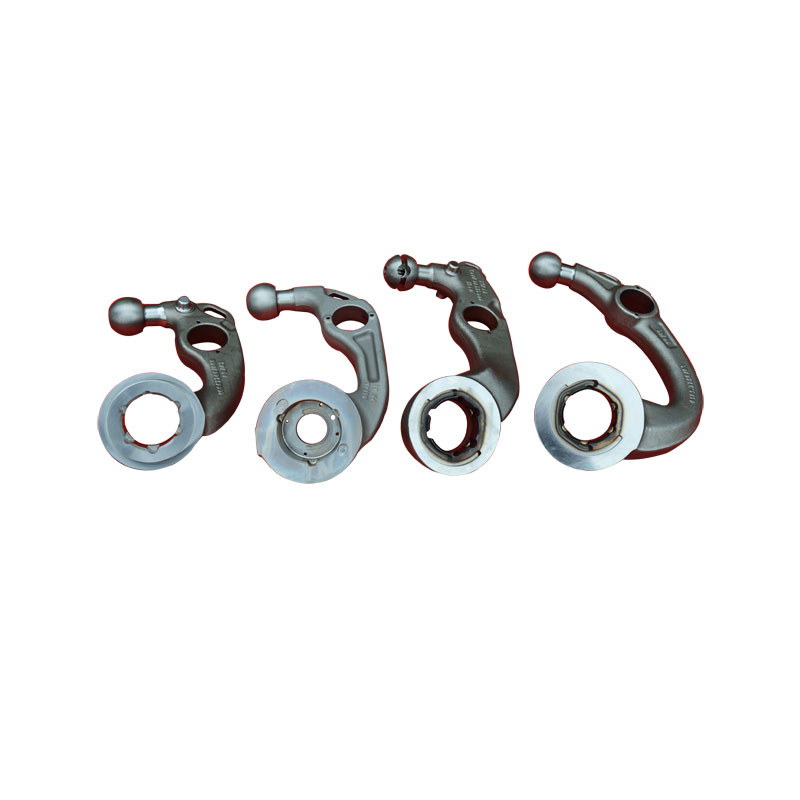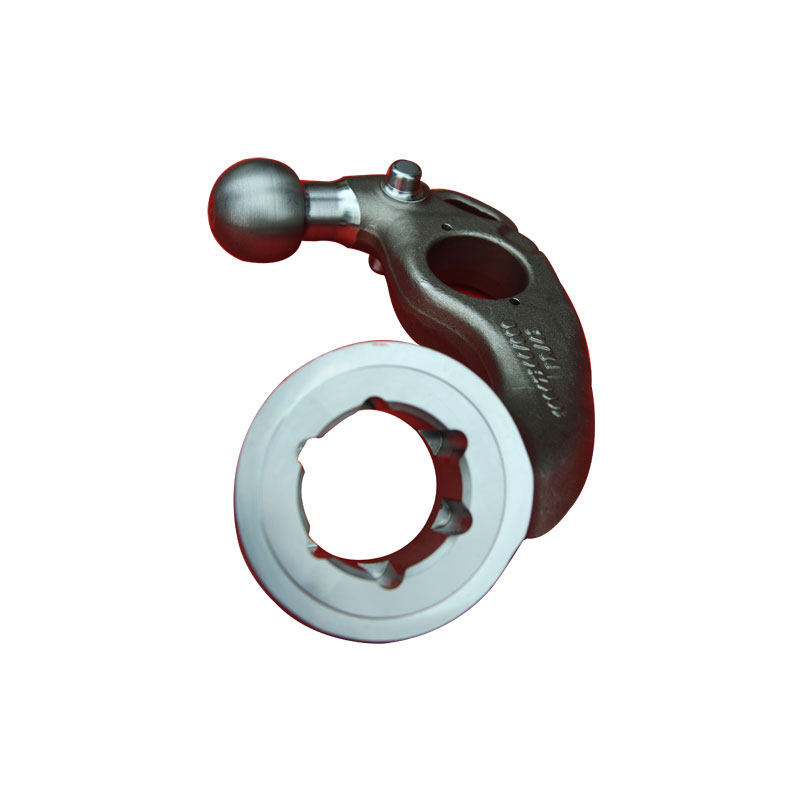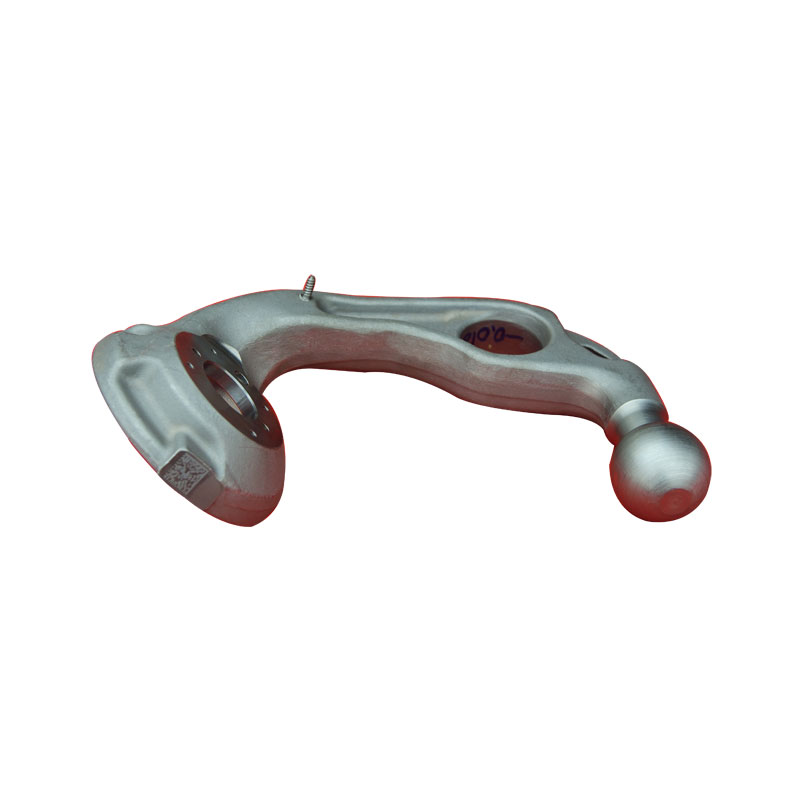What are the main inspection methods for forgings?
2022-05-17
The main inspection methods for forgings are chemical composition analysis, mechanical properties test, low power test, metallographic high power test and nondestructive testing.
Chemical composition analysis. The general chemical composition analysis is mainly for the content of carbon, manganese, silicon, sulfur and alloy elements. Forgings from quite riser end sampling, important parts in order to understand the degree of segregation from water, riser end sampling, special parts or defects are allowed, often also need to analyze the content of gas, inclusions and trace impurities for quality confirmation or research.
Mechanical property test. Hardness, drawing, impact and bending tests are commonly used in forging works. From the performance data, it can be found that the problems existing in the material, such as air bubbles, porosity, cracks, grain size and temper brittleness in the steel can often be reflected in the fracture of the mechanical properties of the sample.
Low power test. Sulfur printing, acid pickling and fracture are commonly used low-power inspection items. Sulfur imprint can show the distribution of sulfur on the cross section. Pickling can show various macroscopic defects such as composition segregation, porosity, shrinkage cavity, subcutaneous bubbles, inclusions, flaps and white spot cracks on the cross section. Fracture test is a simple and suitable method to find defects that cannot be revealed by sulfur printing and pickling.
Metallographic high magnification test. This method is widely used in microscopic inspection, and is often used to study the microscopic characteristics of macroscopic defects. The optical microscope is used to observe the prepared metallographic sample under the magnification of 50 to 2000 times, to check the inclusion, metal microstructure and grain size, etc.
Nondestructive testing. Commonly used are magnetic powder, fluorescence, coloring, ray, eddy current and ultrasonic methods. The correct choice of flaw detection method for forgings surface and internal defects comprehensive and meticulous inspection, can accurately judge the size, quantity and distribution of defects, in the quality inspection of forgings, non-destructive testing has become one of the very important methods.
Chemical composition analysis. The general chemical composition analysis is mainly for the content of carbon, manganese, silicon, sulfur and alloy elements. Forgings from quite riser end sampling, important parts in order to understand the degree of segregation from water, riser end sampling, special parts or defects are allowed, often also need to analyze the content of gas, inclusions and trace impurities for quality confirmation or research.
Mechanical property test. Hardness, drawing, impact and bending tests are commonly used in forging works. From the performance data, it can be found that the problems existing in the material, such as air bubbles, porosity, cracks, grain size and temper brittleness in the steel can often be reflected in the fracture of the mechanical properties of the sample.
Low power test. Sulfur printing, acid pickling and fracture are commonly used low-power inspection items. Sulfur imprint can show the distribution of sulfur on the cross section. Pickling can show various macroscopic defects such as composition segregation, porosity, shrinkage cavity, subcutaneous bubbles, inclusions, flaps and white spot cracks on the cross section. Fracture test is a simple and suitable method to find defects that cannot be revealed by sulfur printing and pickling.
Metallographic high magnification test. This method is widely used in microscopic inspection, and is often used to study the microscopic characteristics of macroscopic defects. The optical microscope is used to observe the prepared metallographic sample under the magnification of 50 to 2000 times, to check the inclusion, metal microstructure and grain size, etc.
Nondestructive testing. Commonly used are magnetic powder, fluorescence, coloring, ray, eddy current and ultrasonic methods. The correct choice of flaw detection method for forgings surface and internal defects comprehensive and meticulous inspection, can accurately judge the size, quantity and distribution of defects, in the quality inspection of forgings, non-destructive testing has become one of the very important methods.




Previous:What is precision forging?
X
We use cookies to offer you a better browsing experience, analyze site traffic and personalize content. By using this site, you agree to our use of cookies.
Privacy Policy



